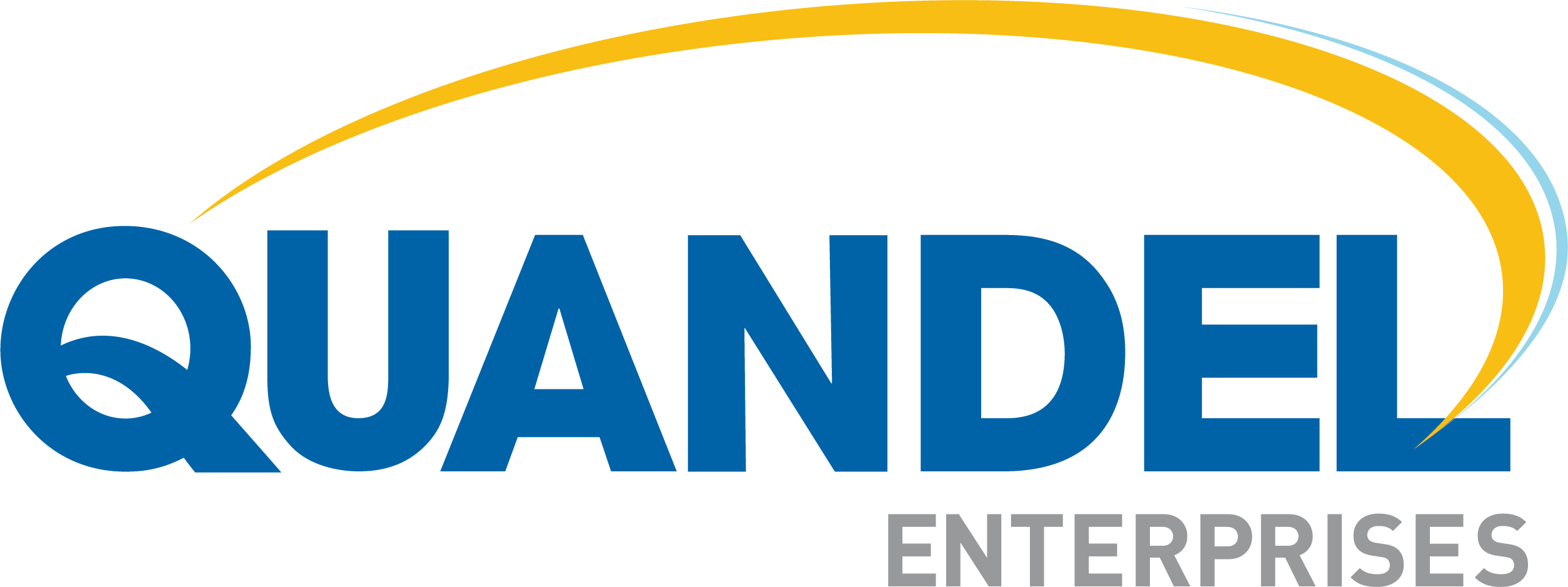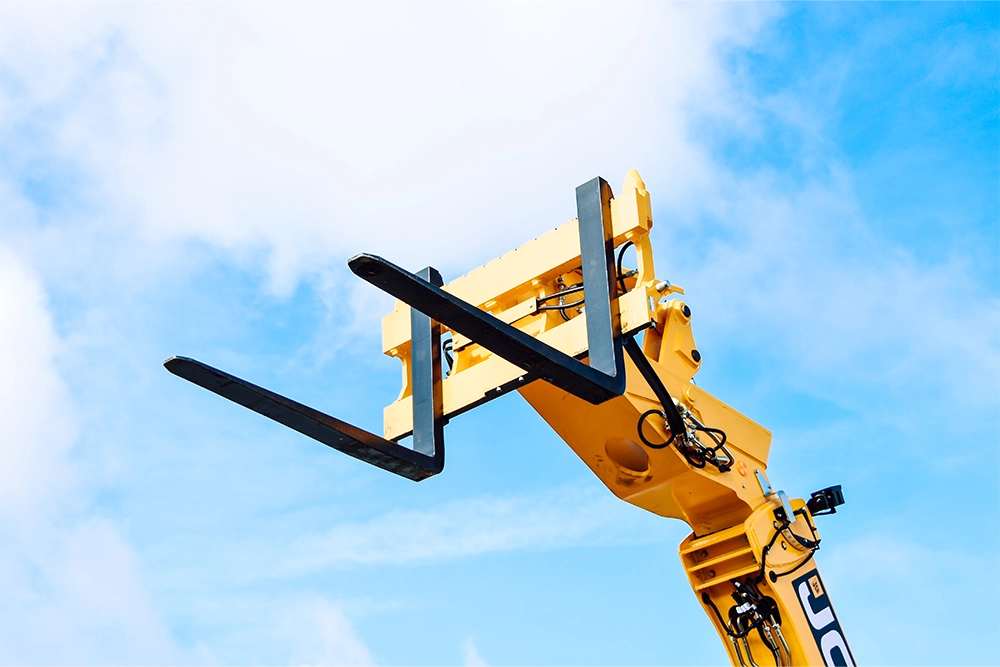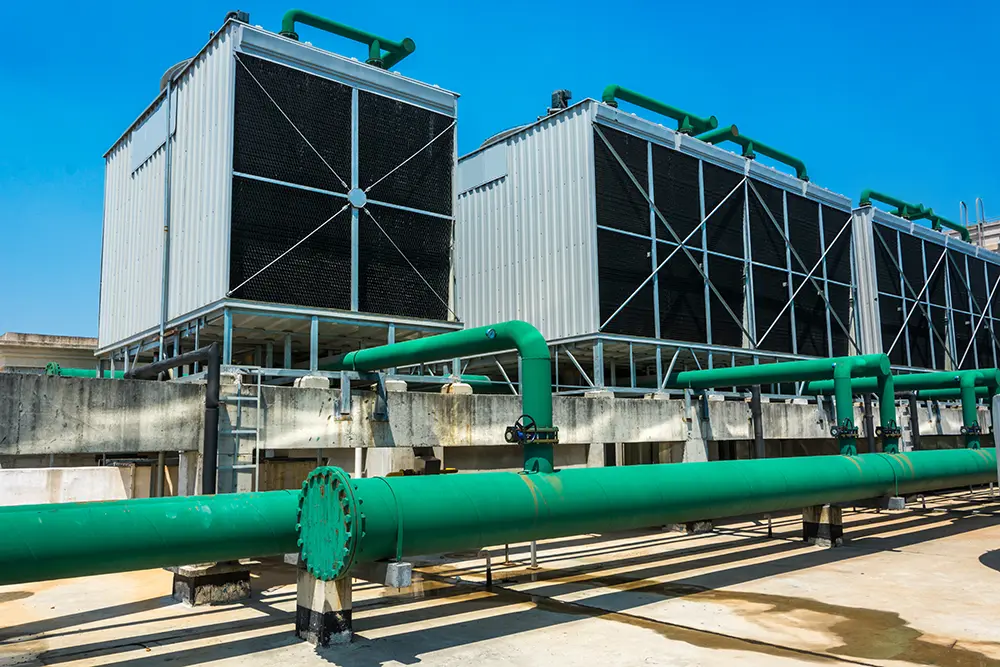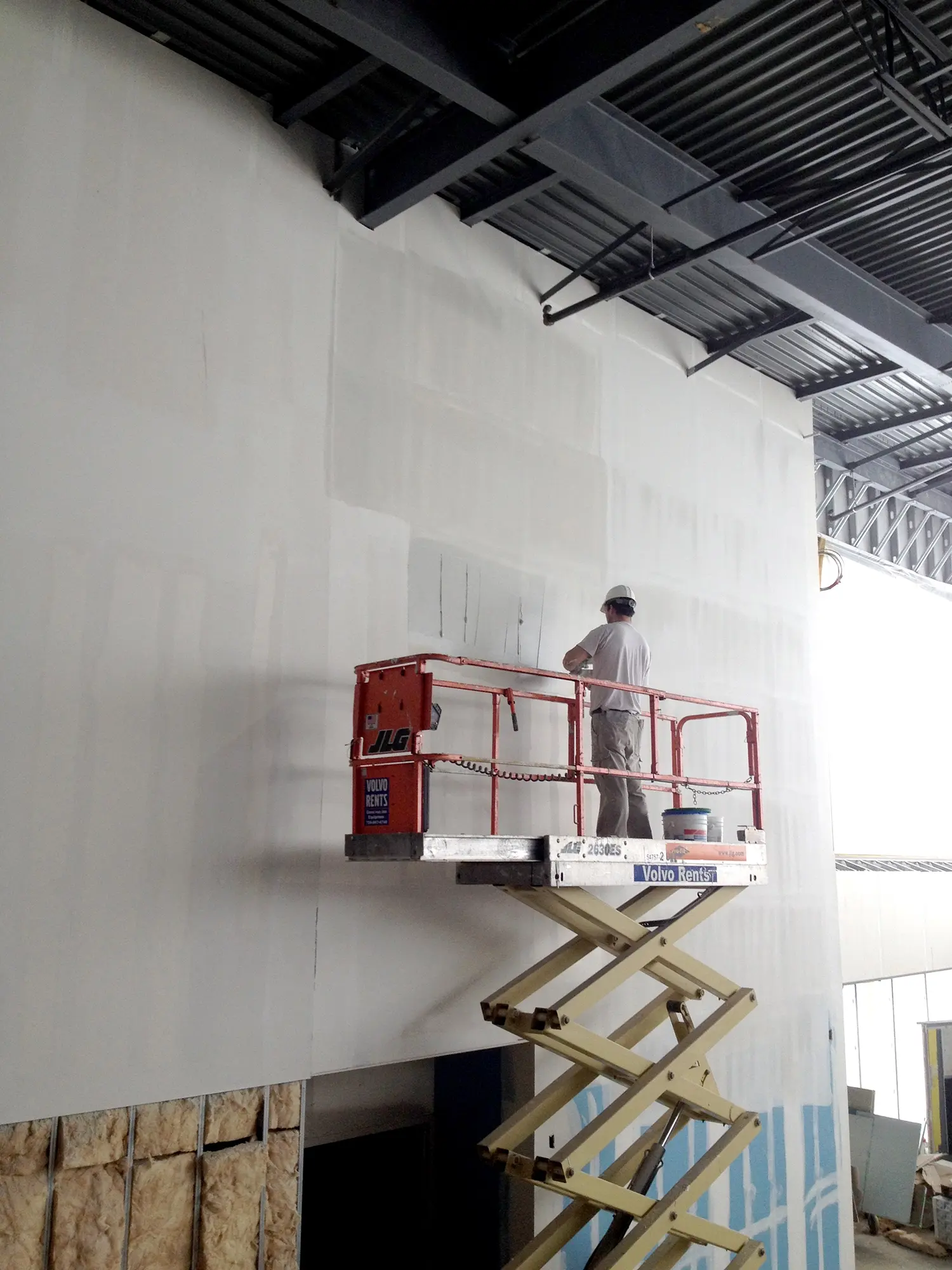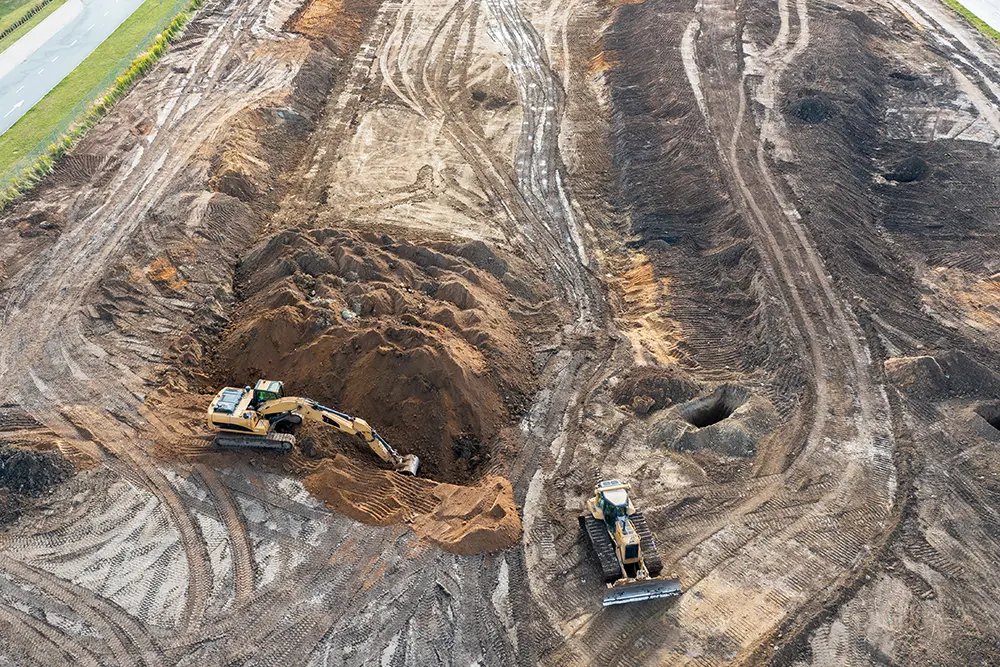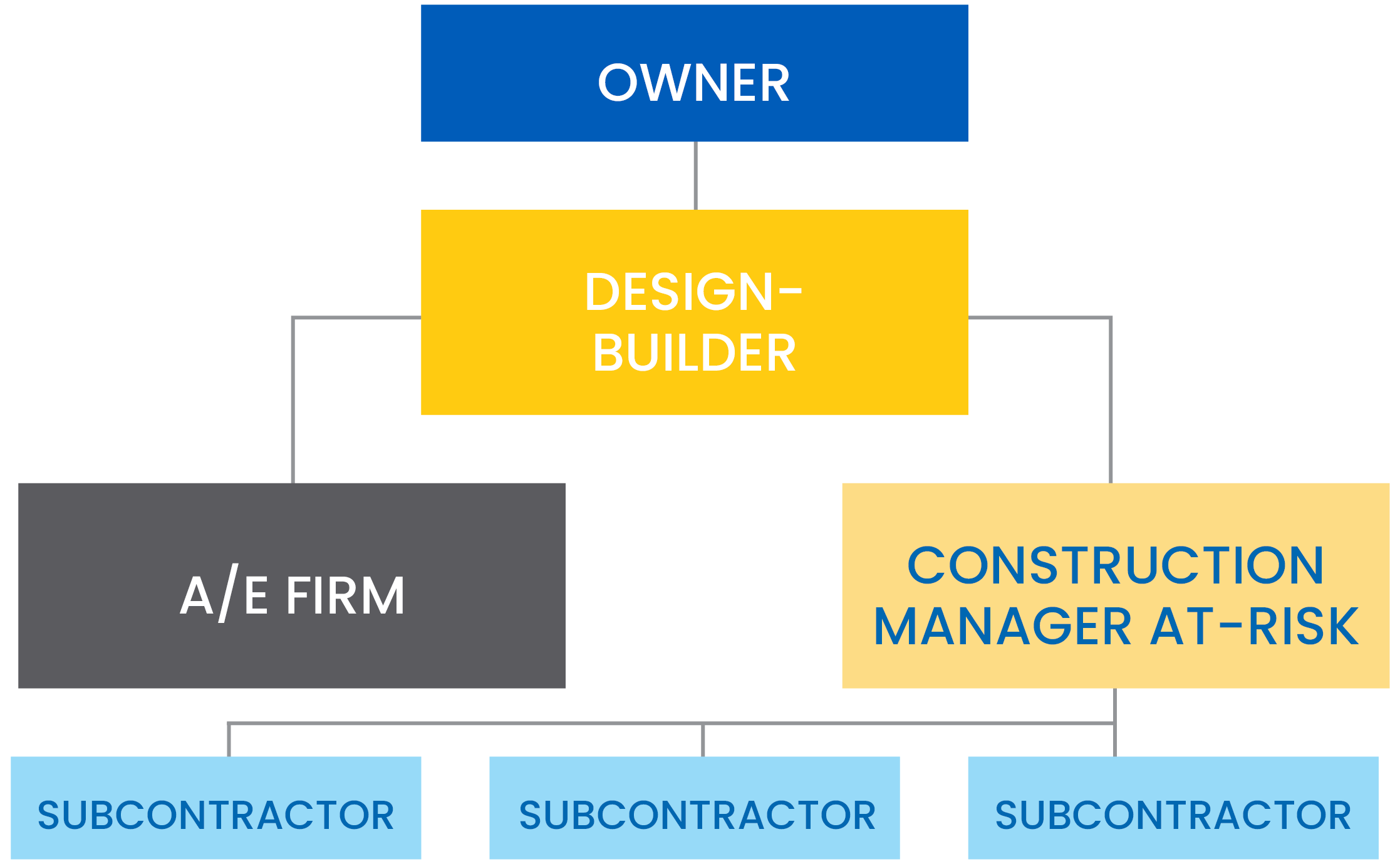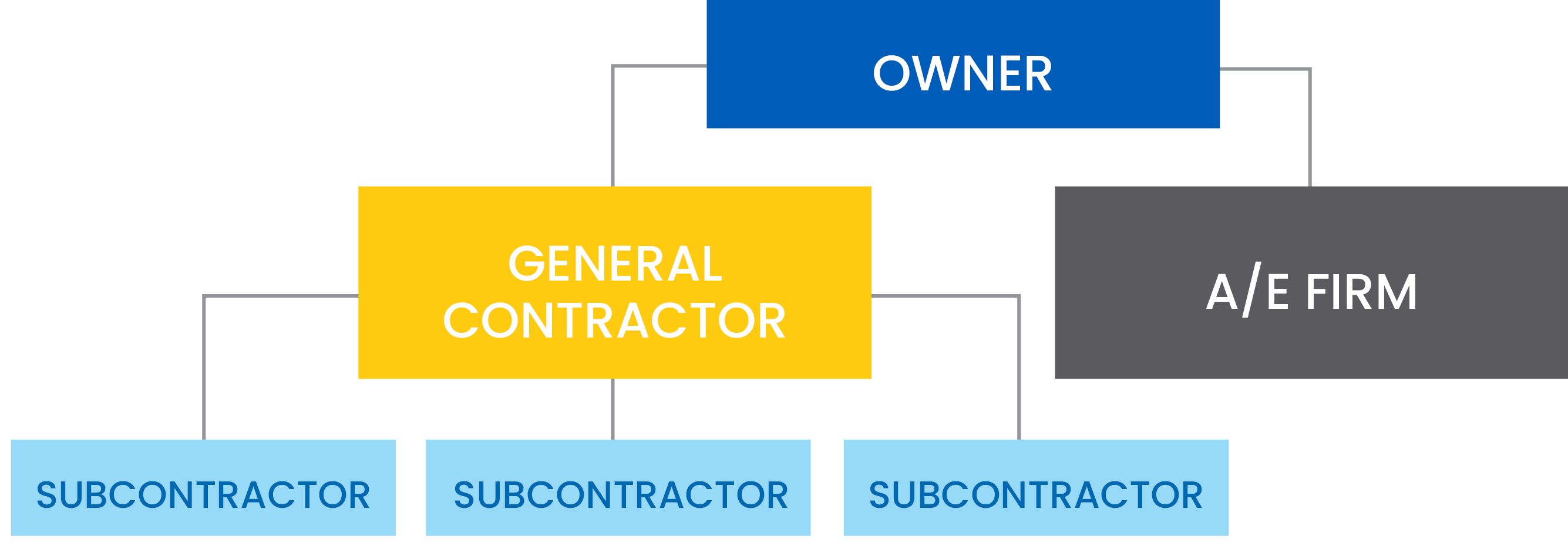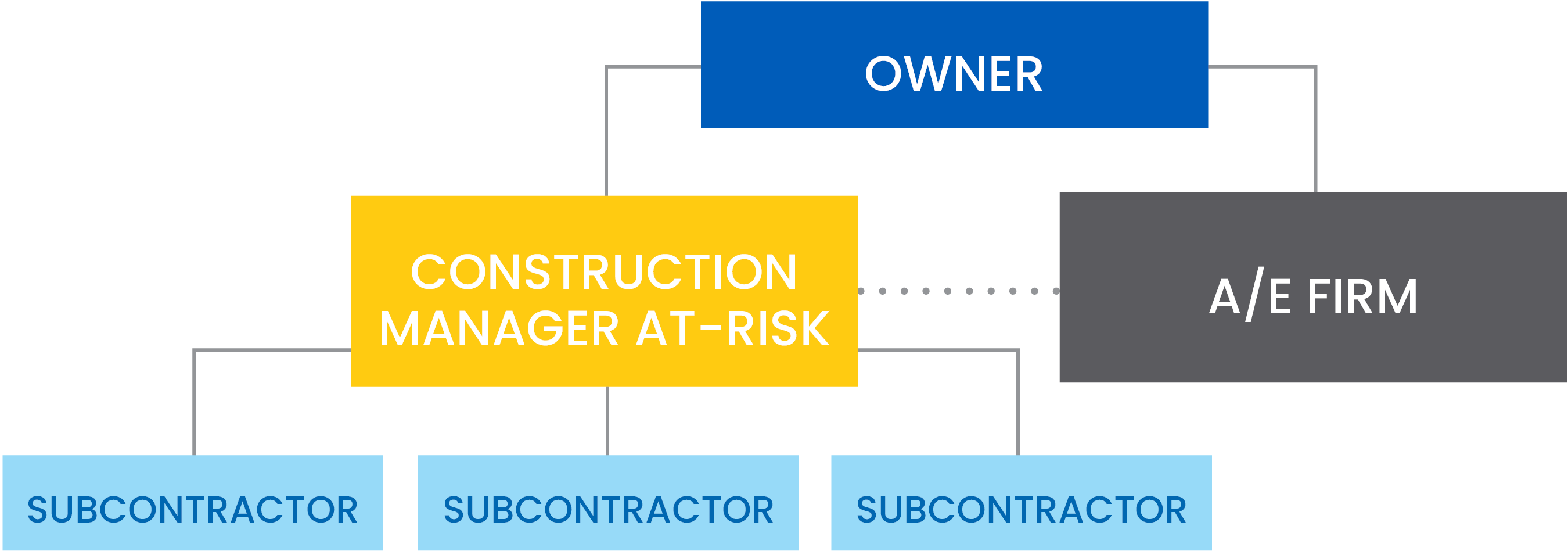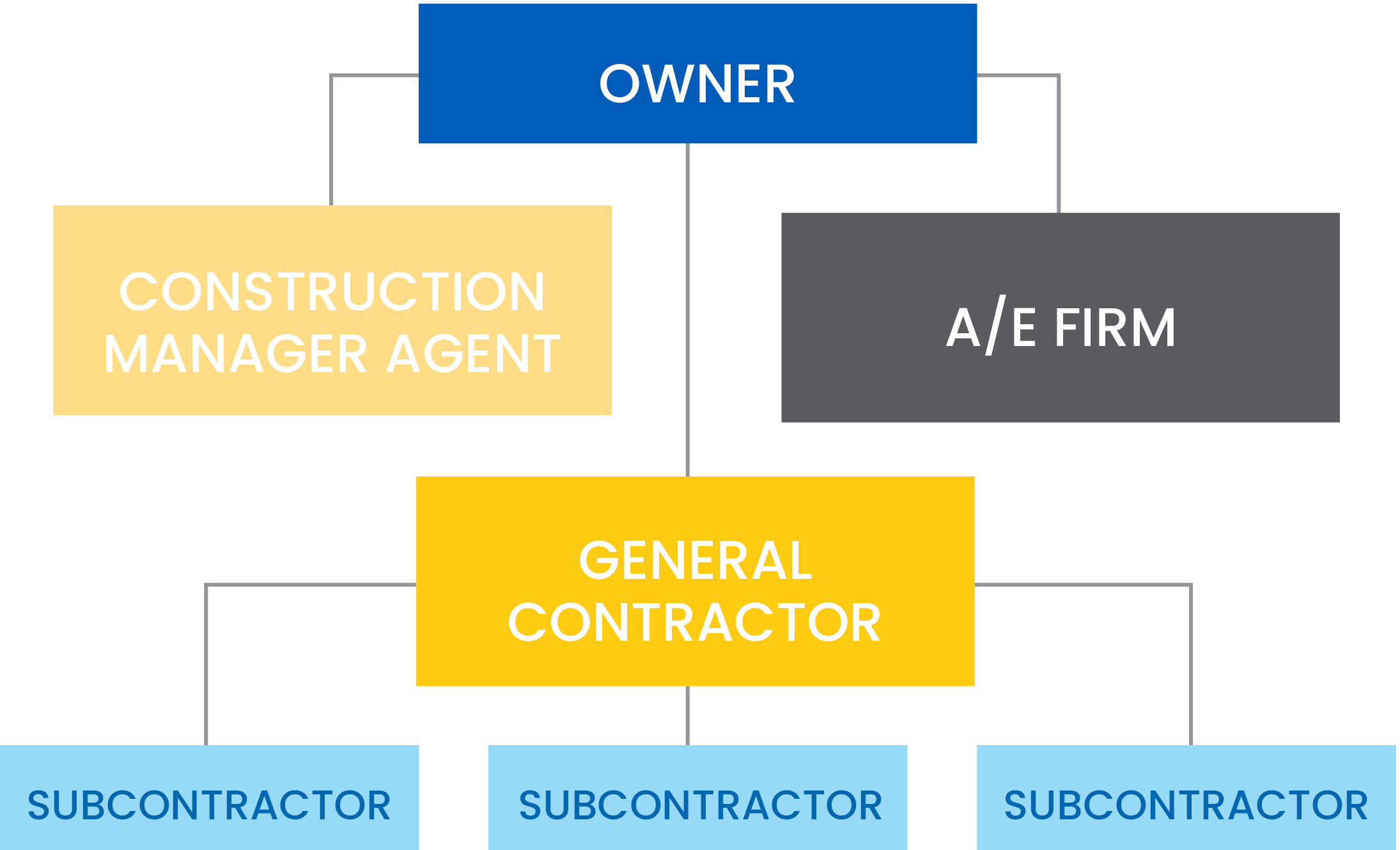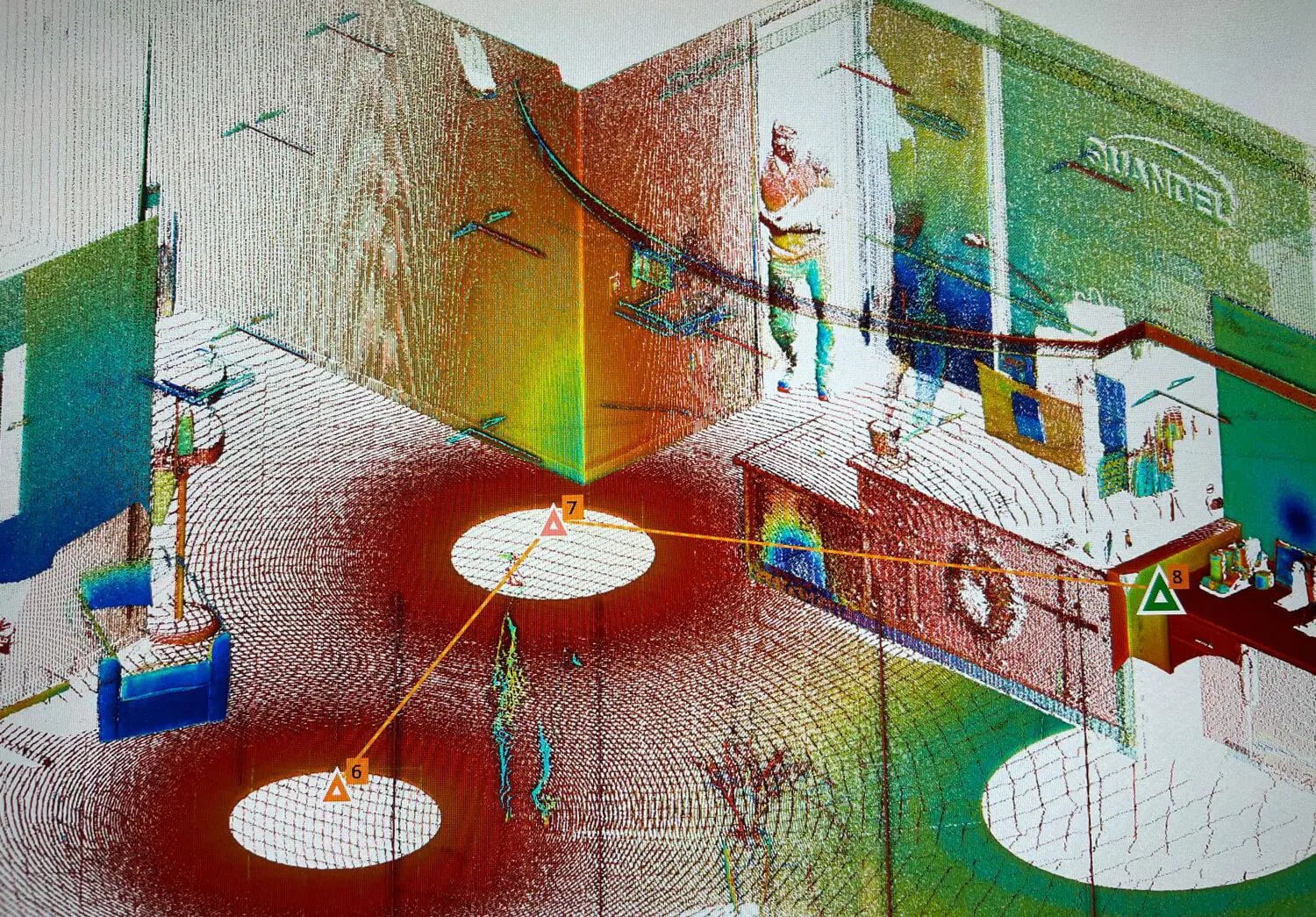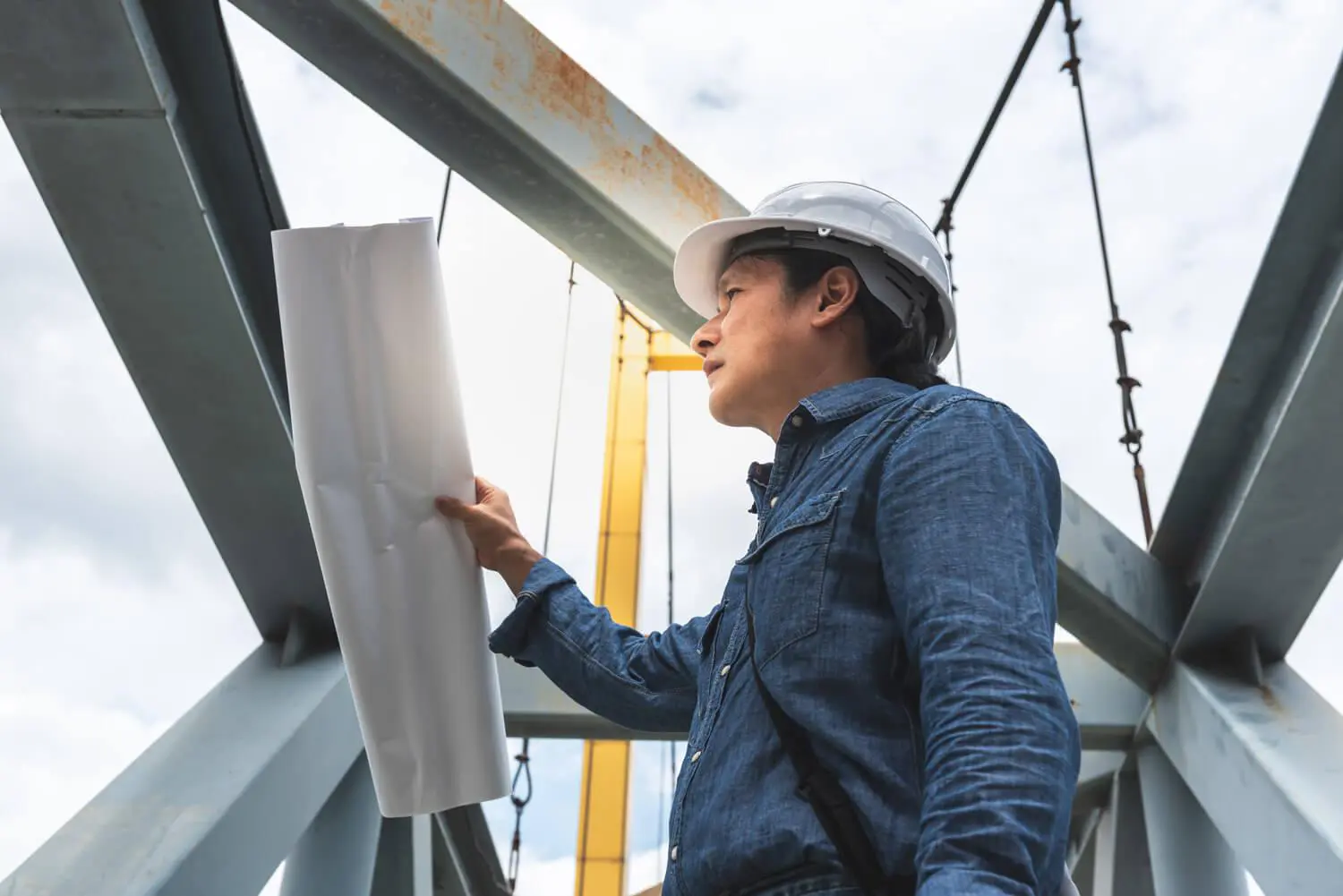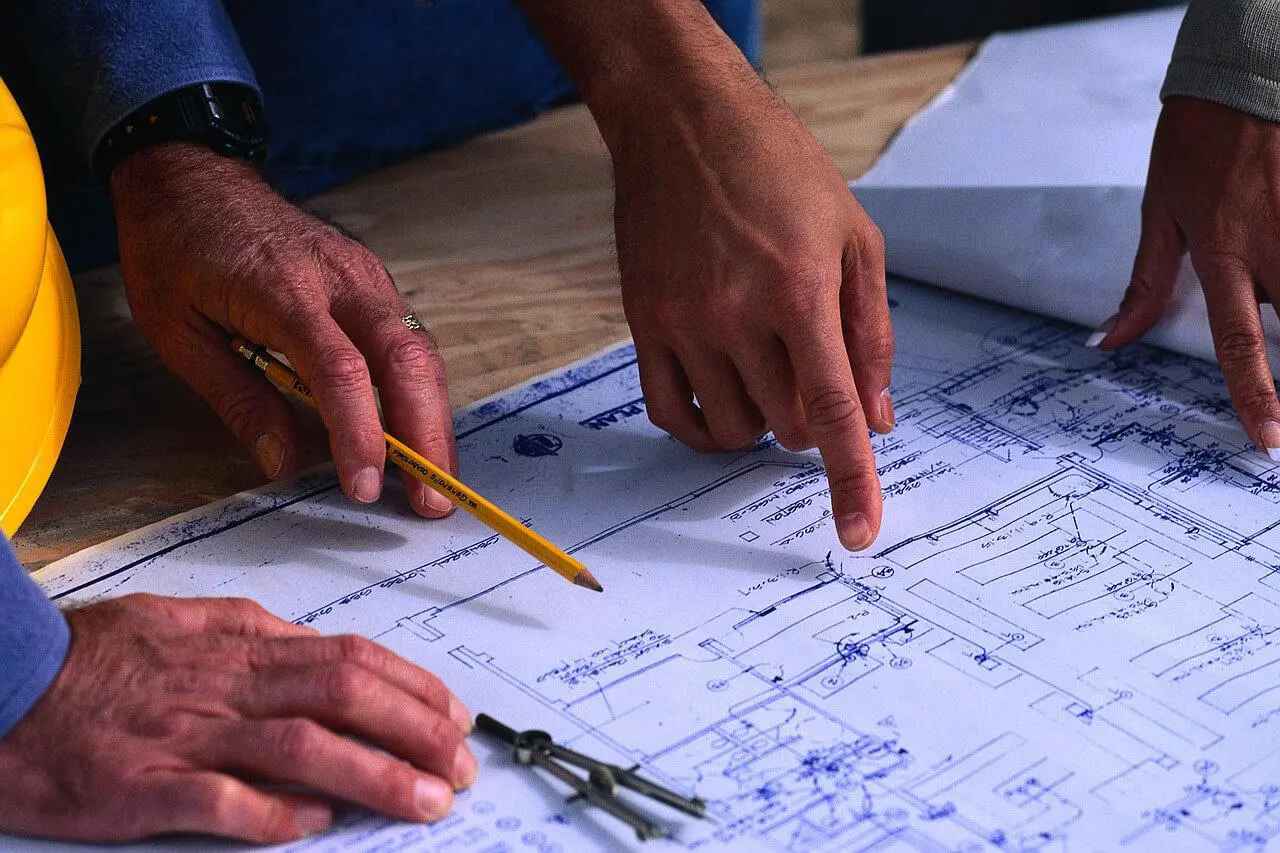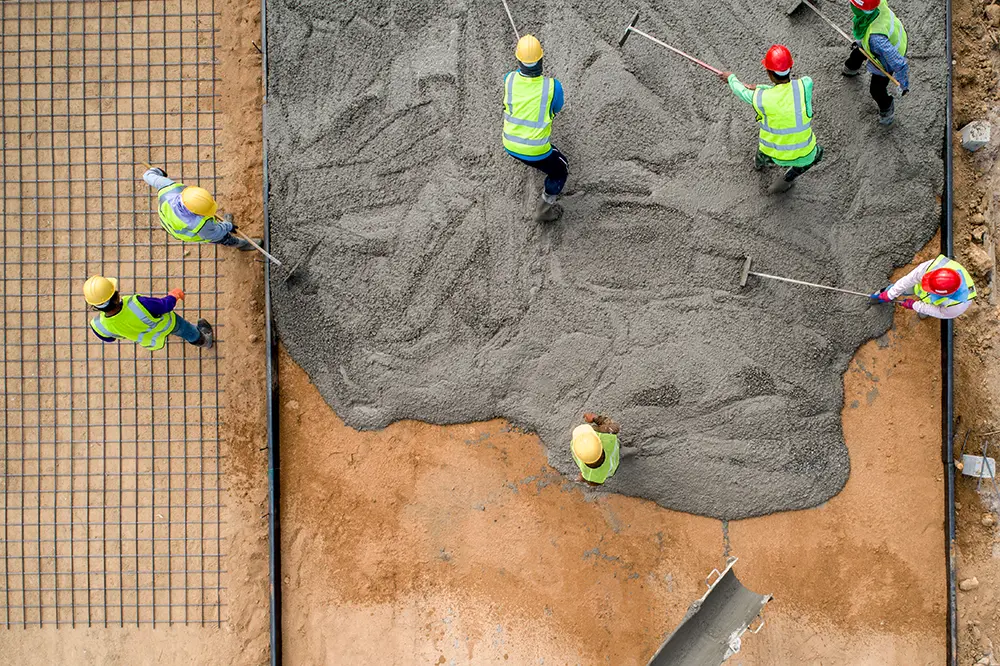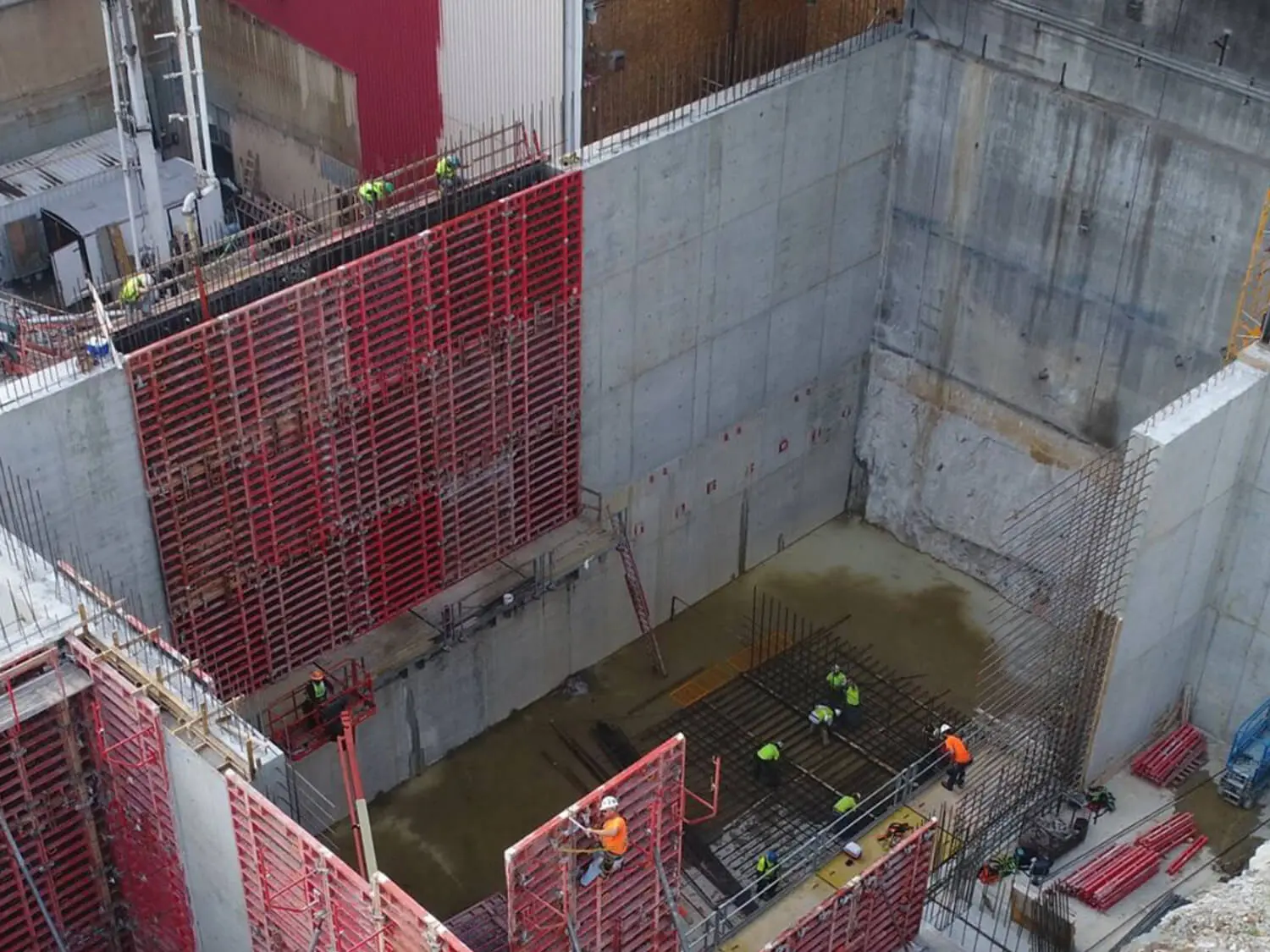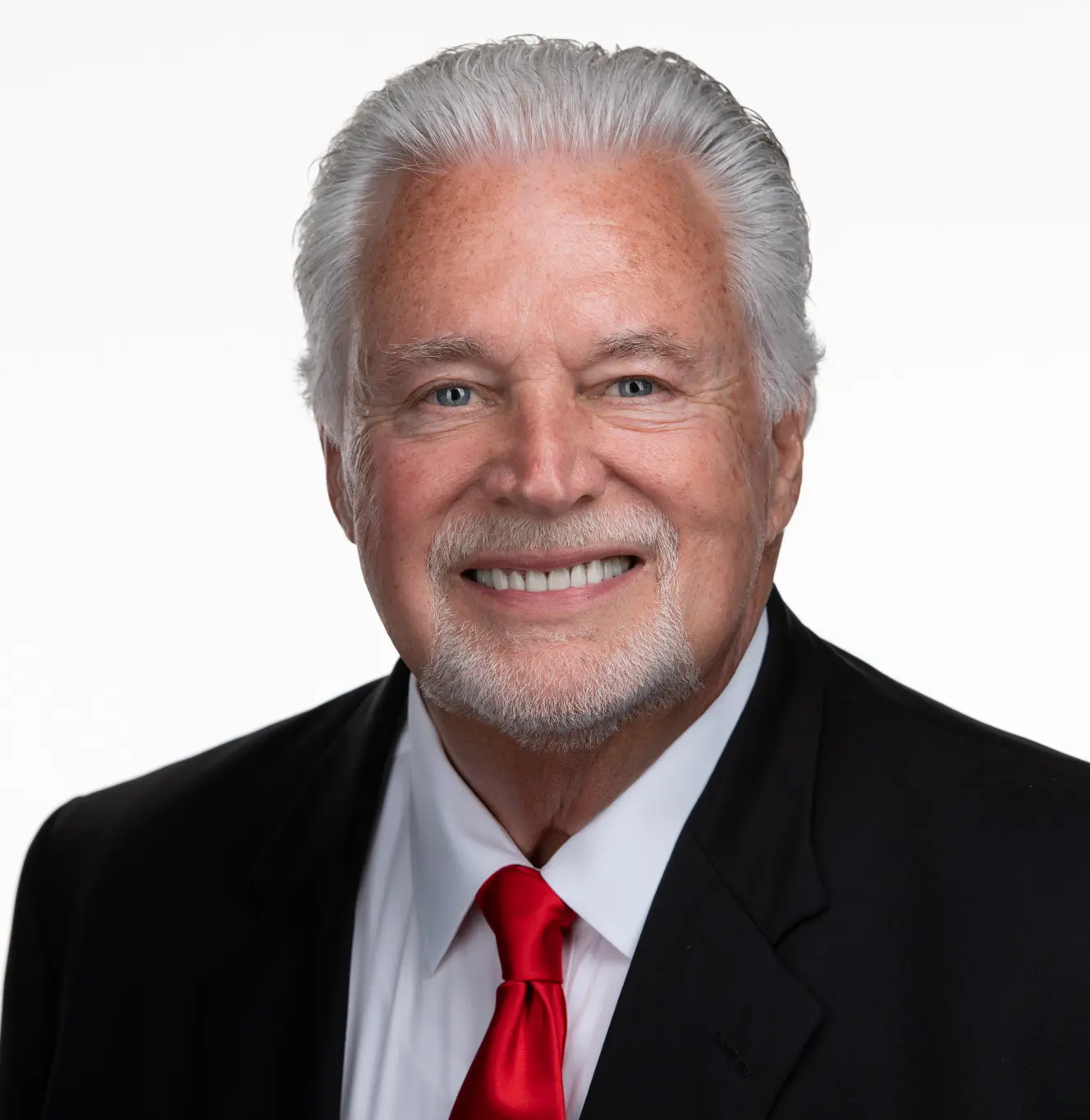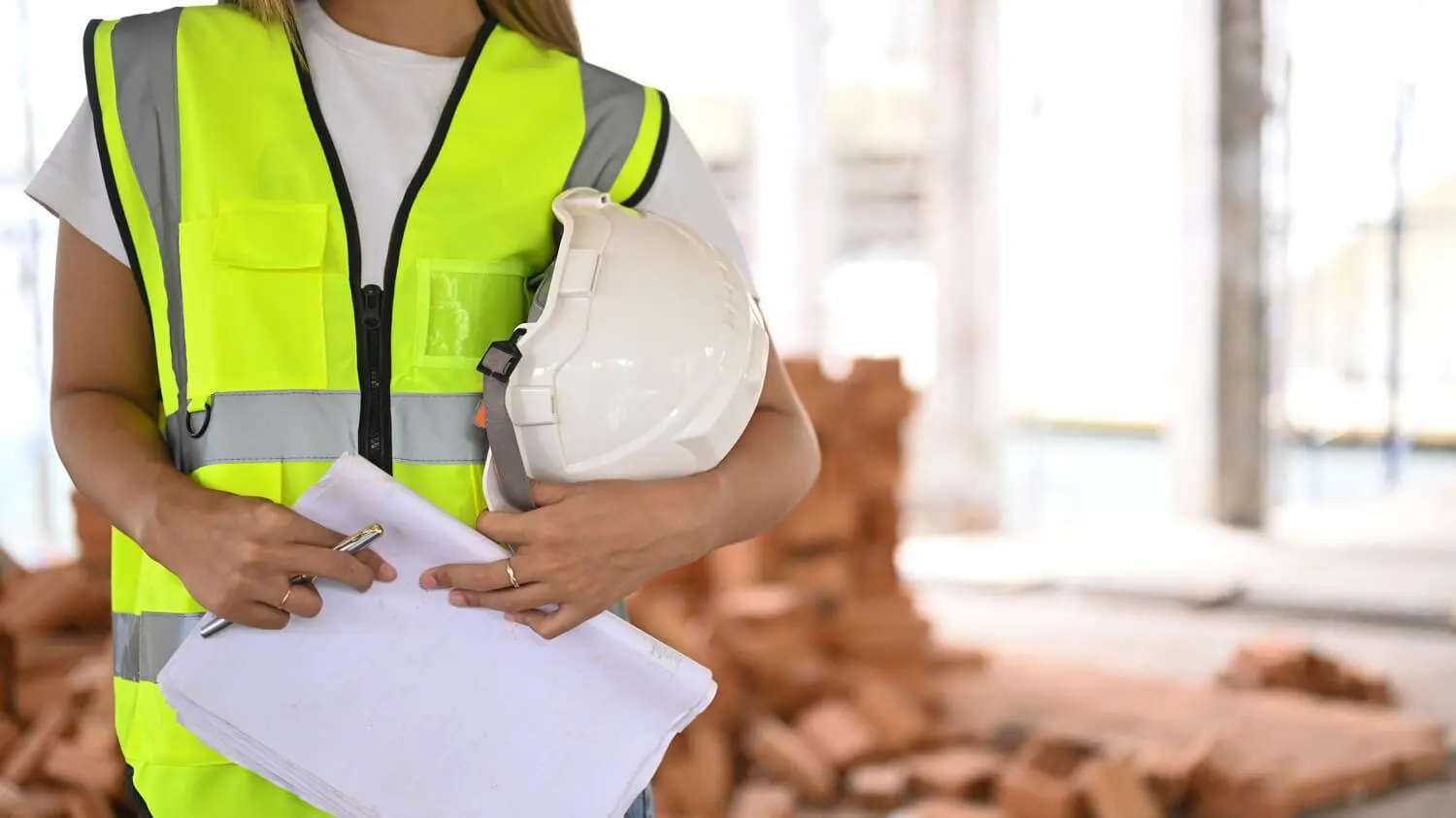OVERTURNING OR TIPPING
Telehandlers are subject to the laws of gravity. Excessive loads, unsuitable terrain, and operator error are a few ways a telehandler can overturn and tip. Overloading or an extended boom increases the likelihood of overturning. Keep load low and close to the machine to maintain stability. Level your machine, by means of the level indicator, before raising any load.
SITE CONDITIONS
Like most machinery, when operating a telehandler on unstable ground, it can be hazardous. Soft and uneven ground is associated with overturning, so before you operate a telehandler, review your site conditions, compare it to the operator’s manual, and consider your machines limitations and Safe Work Procedure. The ground may require compacting so that stabilizers are in contact with a firm, stable surface. Have stabilizer indicator lamp on before using the boom.
ELECTROCUTION
Always assess the operating environment, and keep clear of live cables and overhead powerlines. Consider the vehicles route as it moves around the site, check the minimum safe distance for electrical hazards. Operators and bystanders are at risk of electric shock if your telehandler comed into proximity of live electrical hazards. Look at exclusion zones, barricades, and consider a spotter.
STRUCK BY A TELEHANDLER
Unfortunately, in construction, being struck by a moving vehicle is too common and a telehandler is no different. You need to be aware of blind spots and any workers, pedestrians, or bystanders. Install well placed mirrors, reversing camera, utilize a spotter, fit reversing alarms, and limit access to your loading zone.
FALLING MATERIAL
Telehandler operators should always carry their load as low as possible without dragging them. Before lifting or moving a load, balance and secure it. When moving, travel slowly.
DAMAGED MACHINERY AND ATTACHMENTS
As an owner of a telehandler, you need to have a system in place to maintain servicing requirements. It is an essential aspect of safe operations to perform maintenance checks and inspections and monitor and fix any damage or deterioration to your telehandler. Both your telehandler and attachments are to be maintained in line with the manufacturer’s instructions to keep them in safe working condition.
UNSAFE WORK PROCEDURES
Your workers should have the appropriate license, the correct training, and familiarization with the machinery they are using. Always check the weight of the load before attempting to handle and refer to load charts.
WORK PLATFORMS
Telehandlers can be fitted with a range of attachments including work platforms. These platforms are attached to the telehandlers boom in order to provide access when working at heights. You should never use a telehandler with a makeshift work platform, only use platforms that are directly fixed to the telehandler, not on the forks. The operator must always be at the controls whenever someone is in an elevated work platform.
INCOMPATIBLE ATTACHMENTS
Telehandler operators should use attachments that are fit-for-purpose, refer to the telehandlers manufacturer’s guide when selecting attachments. Incompatible attachments can lead to unsecured loads. Plan ahead for safe and effective use. Match the attachment to the type and size of the load. Follow specified procedures when fitting or removing attachments. Use approved attachments only.
UNEXPECTED MOVEMENT
This type of hazard normally relates to swinging motion when you have a hook or jib attachment with a suspended load. Suspended loads and turning with loads is more likely to impact the stability of a telehandler, if your operator does not allow for this, the telehandler can be susceptible to overturning. Never start, stop, or suddenly change direction at high speed.
SHUT DOWN
When parking the telehandler, park in a safe location on flat level ground and away from other equipment and/or traffic lanes.
- Apply park brake.
- Shift transmission to “Neutral”.
- Lower forks or attachment to ground.
- Shut off engine and remove ignition key.
- Exit telehandler properly.

